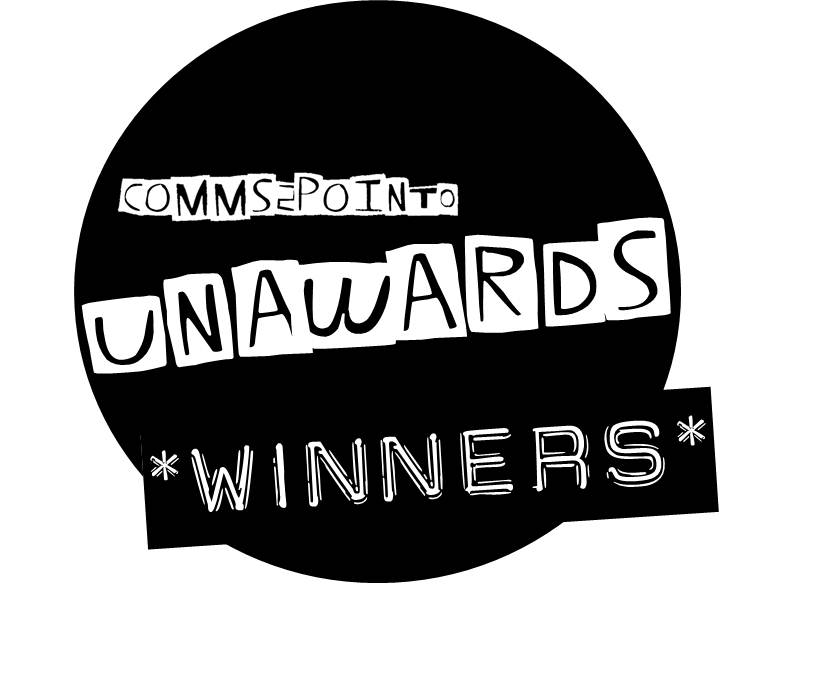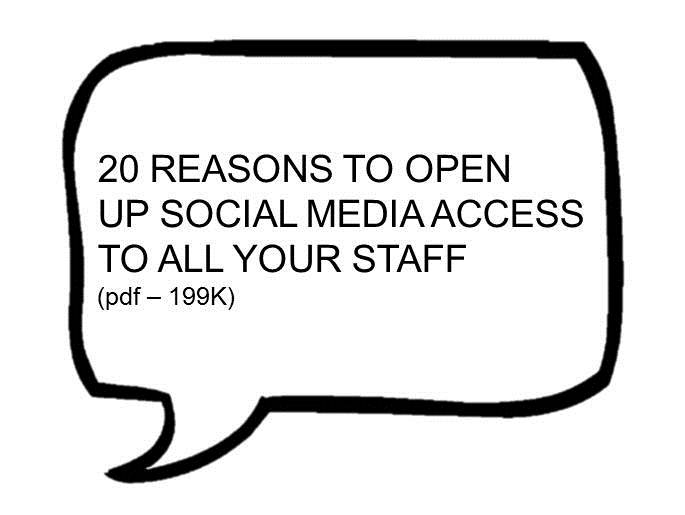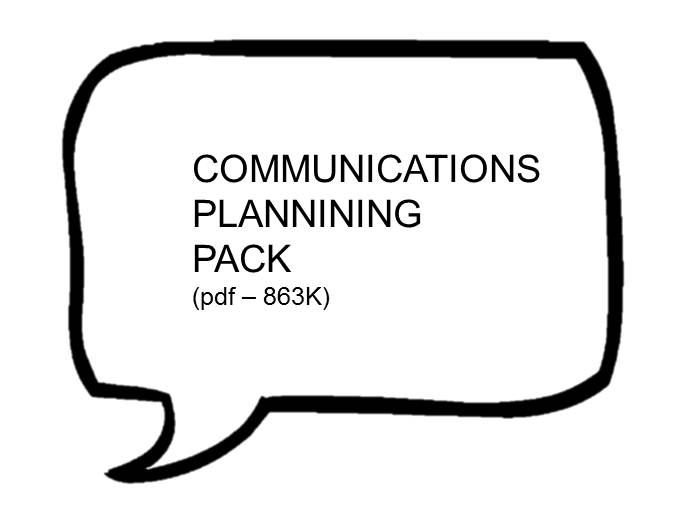 Friday, November 4, 2011
Friday, November 4, 2011 eleven golden rules for social media in an organisation

by Dan Slee
Holding the door open for bright people should be the aim of every organisation's social media plan. Because managing the message is dead. And because the corporate voice doesn't work. The social web includes places like Twitter, Facebook, LinkedIn and every platform that allows for two way debate and discussion. The social web is about conversations, the human voice and a completely fresh approach.
One person once said the best way to approach this new landscape was to put aside everything that you've learned so far about how traditional communications works. That's not all that far from the truth. First amongst these is to recognise that social media is deep down not that different to the telephone, the PC, email and the internet.
When every one of these was first introduced those in the workplace feared what it would do in the hands of staff. Gradually people realised that the more people had access the more positive they became. You're unlikely - I hope - put all email activity into the hands of comms people. So why think about doing it for social media?
The best answer is for comms people to have responsibility for social media but to try and allow as many people as possible to use it. Preferably on the frontline as that's where most of the stories are.
Here are ELEVEN golden rules for comms people:
- As a comms person be a supportive gatekeeper. Be keen on the idea of people in service areas having the keys for social media. Sanity check and support.
- Use the language of the platform. Dear Sir works as a letter. It doesn't over the phone. Get to know which ever platform you are looking to use and follow it. Be relaxed. Be conversational.
- Gently remind people that there's a code of conduct. Shout and swear in a public email, on the phone or in a letter and there's procedures. The same goes for online too. Gently remind but don't labour it.
- Be a human being. People respond better to a human being than they do to an institution. Let staff use social media in their own name if they are keen to.
- Be transparent. Make it clear you are working for the organisation.
- Be polite. Be respectful and be professional at all times.
- Be connected. Let your social media be linked to offline communications but don't let it restrain it. Have a comms plan and have social media within it, by all means.
- It's about conversation. Recognise you can't control the conversation. You'll feel better straight away.
- Don't let comms hog the sweetie jar. Let people in service areas use web tools. Let their enthusiasm and knowledge shine through. They'll be more genuine than you'll ever be.
- Be a digital native. Learn how things work as yourself.
- Don't be afraid to experiment and innovate. It's how the best ideas come about.















Reader Comments (1)
Hi Dan
This is an excellent blog post with some really handy tips. We've tried to follow some of these as we've taking our first, tentative steps into the social world! I've used the word tenative, but really we're more positive than that and embrace this new world. I think points 10 and 11 sum up our approach in that we're giving things ago and hoping we're embracing people.
I don't think we've had enough conversations yet, but I think we'll get there. People have interacted with us along the way and this is increasing.
We need to remember point 9 too. At first I was nervous about sharing the sweeties - but extending the analogy further, sharing means we all get to enjoy the sweeties and don't sicken ourselves!
Ian